Autumn's Bounty: Your October Harvest Guide
The first crisp morning arrives, and suddenly your garden feels different. The summer heat has mellowed into gentle warmth, leaves are beginning their transformation, and there's an unmistakable shift in the air that signals autumn's arrival. For UK gardeners, October represents both an ending and a beginning—the final curtain call for summer's star performers before winter's quiet intermission.
While many assume the growing season winds down in October, experienced gardeners know better. This month offers one of the year's most rewarding harvests, packed with the last treasures your garden has been nurturing all summer. Those glossy tomatoes hanging heavy on the vine, the vibrant peppers catching the slanted autumn sunlight, and the tender beans still producing their final flushes—all waiting for the perfect moment to make their way to your kitchen.
The secret lies in timing. October's cooler temperatures and shorter days mean your plants won't keep producing indefinitely, and the looming threat of the first frost adds urgency to the task. But with proper knowledge and technique, you can maximise this final harvest and fill your larder with homegrown goodness that will sustain you through the darker months ahead.
This guide will walk you through everything you need to know about harvesting your summer vegetables in October—when to pick, how to handle them, and what to do with the inevitable gluts that make this month so generous.
Why Harvest Now? The October Rush
October creates a unique window of opportunity that experienced gardeners have learned to embrace. The first frost typically arrives between late October and early November across most of the UK, and this natural deadline transforms your approach to harvesting. Unlike the leisurely picking of midsummer, October demands attention and action.
Frost acts like nature's off switch for tender summer vegetables. When temperatures drop to zero or below, the water inside plant cells freezes and expands, rupturing cell walls and turning your prize tomatoes and peppers into mushy, inedible casualties. What looked promising one evening can become compost material by morning.
The cooler temperatures also slow down the ripening process dramatically. Those green tomatoes that might have turned red in a week during July could take a month or more to ripen naturally—if they ripen at all. Meanwhile, your pepper plants begin to shut down their energy production, focusing on survival rather than fruit development.
Pest pressure increases as plants weaken and outdoor food sources become scarce. Slugs, aphids, and various fungal diseases find stressed, end-of-season plants irresistible targets. By harvesting promptly, you're intercepting your produce before these unwanted visitors can claim it.
October Harvest Essentials:
- Tomatoes (both ripe and green)
- Sweet peppers and chillies
- Runner beans and French beans
- Aubergines
- Late courgettes
- Final crops of cucumber
- Sweetcorn
- Winter squash and pumpkins
Harvesting Your Final Tomatoes
Your tomato plants have been the stars of your summer garden, and October marks their final performance. Ripe tomatoes should feel slightly soft when gently squeezed, with deep, even colouring and a glossy skin that gives slightly under pressure. The stem end should smell fragrant and distinctly tomatoey.
To harvest properly, support the vine with one hand while gently twisting the fruit with the other. Most ripe tomatoes will release easily with a slight twist, leaving the calyx (green star-shaped top) on the plant. If you need to tug or pull, the tomato isn't quite ready—unless frost is imminent.
The real challenge lies with green tomatoes still clinging to the vine. These unripe fruits represent weeks of your plant's energy and shouldn't be wasted. You have several proven methods for ripening them indoors.
The Windowsill Method works brilliantly for small quantities. Place green tomatoes on a sunny windowsill, checking daily and turning them to ensure even ripening. They'll gradually develop colour over one to three weeks, depending on how mature they were when picked.
For larger harvests, the cardboard box method proves more practical. Line a cardboard box with newspaper and layer in your green tomatoes, ensuring they don't touch each other. Add a ripe banana or apple to the box—these fruits release ethylene gas, which accelerates ripening. Close the box and store it in a cool, dark place, checking weekly and removing any that show signs of rot.
The upside-down vine method offers another option. Cut entire vines laden with green tomatoes and hang them upside down in a cool, dry place like a garage or shed. The plant continues to channel its remaining energy into the fruits, often resulting in excellent flavour development.
Top Tip: Don't discard those stubborn green tomatoes that refuse to ripen! They make exceptional green tomato chutney—a proper British allotment tradition that transforms unripe fruit into tangy, spiced preserves perfect for cheese boards and cold meats.
Picking Your Peppers and Chillies
October presents pepper growers with delicious decisions. Sweet peppers can be harvested green for a fresh, slightly bitter flavour, or left to mature into their final colours—red, yellow, orange, or purple—for enhanced sweetness. Chillies follow similar patterns, though their heat levels often intensify with colour development.
However, October's cooling temperatures mean that further ripening on the plant becomes increasingly unlikely. The smart strategy involves harvesting everything remaining, regardless of colour or size. Small, immature peppers still offer excellent flavour and can be used whole in stir-fries or pickling.
Use clean secateurs or sharp scissors to harvest peppers, cutting the stem about half an inch from the fruit. This technique prevents damage to both the plant and the pepper, ensuring better storage life. Pulling or twisting can tear the plant and bruise the fruit.
Fresh peppers store beautifully in the refrigerator's crisper drawer for two to three weeks. For longer preservation, wash, dry, and chop them before freezing in portioned bags. Frozen peppers work excellently in cooked dishes, though they lose their crisp texture for raw applications.
Chillies offer additional preservation options. String them together and hang in a warm, dry location to air-dry, creating your own dried chilli flakes. Alternatively, blend fresh chillies with salt and vinegar to create hot sauce—a perfect way to capture October's heat for winter's comfort food.
Bringing in the Beans
Runner beans and French beans represent some of October's most prolific producers, often continuing to flower and set pods until the first frost stops them in their tracks. The key to excellent beans lies in harvesting them at peak tenderness—before the seeds inside develop into noticeable bumps and the pods become tough and stringy.
Perfect beans snap cleanly in half with a satisfying crack, revealing smooth, underdeveloped seeds inside. The pods should feel firm and plump without being swollen, typically measuring 4-6 inches for French beans and 6-8 inches for runners. If you can clearly see or feel the individual seeds through the pod wall, you've waited too long for optimal eating quality.
Harvest beans every two to three days during October, even if you don't immediately need them. Regular picking encourages the plant to continue producing new flowers and pods, extending your harvest window. Use both hands—one to support the vine, the other to snap off pods cleanly at their junction with the stem.
October often produces more beans than you can immediately consume, creating the delightful problem of abundance. Blanching and freezing preserves beans exceptionally well. Bring a large pot of water to boiling, drop in trimmed beans for exactly two minutes, then immediately plunge into ice water to stop cooking. Drain thoroughly, pack into freezer bags, and freeze for up to twelve months.
Fresh beans also pickle beautifully, maintaining their crunch in vinegar-based brines spiced with mustard seeds, peppercorns, and bay leaves. This traditional preservation method turns surplus beans into gourmet accompaniments for winter meals.
Making the Most of October's Garden Generosity
October's harvest brings unique satisfaction that summer picking can't match. There's something deeply fulfilling about gathering the final fruits of your labour, knowing that each tomato, pepper, and bean represents months of care, watering, and patience. This harvest carries weight—it's your garden's grand finale before winter's rest.
The cooler weather makes harvesting more pleasant than the sweltering days of August. Morning harvests capture vegetables at peak quality, when cool overnight temperatures have concentrated flavours and maintained crisp textures. The slanted autumn light illuminates your produce beautifully, making even simple beans seem jewel-like.
Storage and preservation become crucial skills during October harvests. Your kitchen transforms into a processing centre, with windowsills lined with ripening tomatoes, counters covered with freshly picked beans awaiting blanching, and the satisfying sounds of chopping, blanching, and packaging filling the air.
This abundance connects you to generations of gardeners who understood seasonal rhythms and the importance of capturing harvest time efficiently. Each jar of preserved beans or bag of frozen peppers represents security—homegrown food stored against winter's limitations.
Celebrating Your October Harvest Success
October gardening teaches patience, timing, and resourcefulness in equal measure. Your final summer harvest rewards months of nurturing with an abundance that often surprises even experienced gardeners. Those tentative seedlings planted in spring have delivered beyond expectations, providing fresh food throughout the growing season and now offering a generous finale.
The satisfaction extends beyond the harvest itself. Opening a jar of your preserved beans in February, finding perfectly ripened tomatoes from your October windowsill collection, or adding home-dried chillies to winter stews connects you to your garden even during the dormant months. These preserved harvests carry summer's warmth and your garden's personality into the darker season.
Looking ahead, October harvests inform next year's planning. Note which varieties produced latest, which storage methods worked best, and which preservation techniques you'd like to try again. This knowledge builds your gardening expertise season by season.
Share your October harvest success with fellow gardeners using #MyUKHarvest on social media, and explore our other seasonal guides, including "Preparing Your Vegetable Garden for Winter" and "Planning Next Year's Vegetable Garden." Your October abundance marks the end of this growing season and the beginning of anticipation for the next.
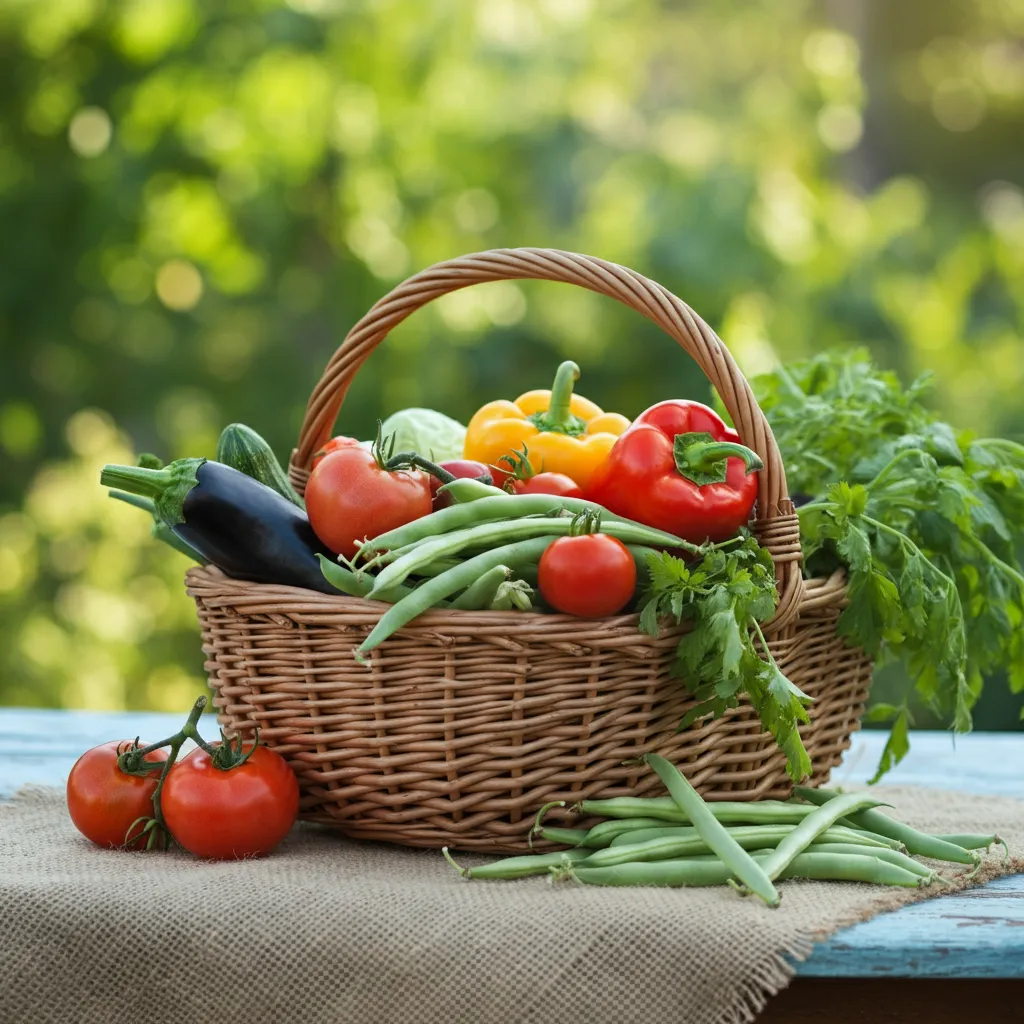
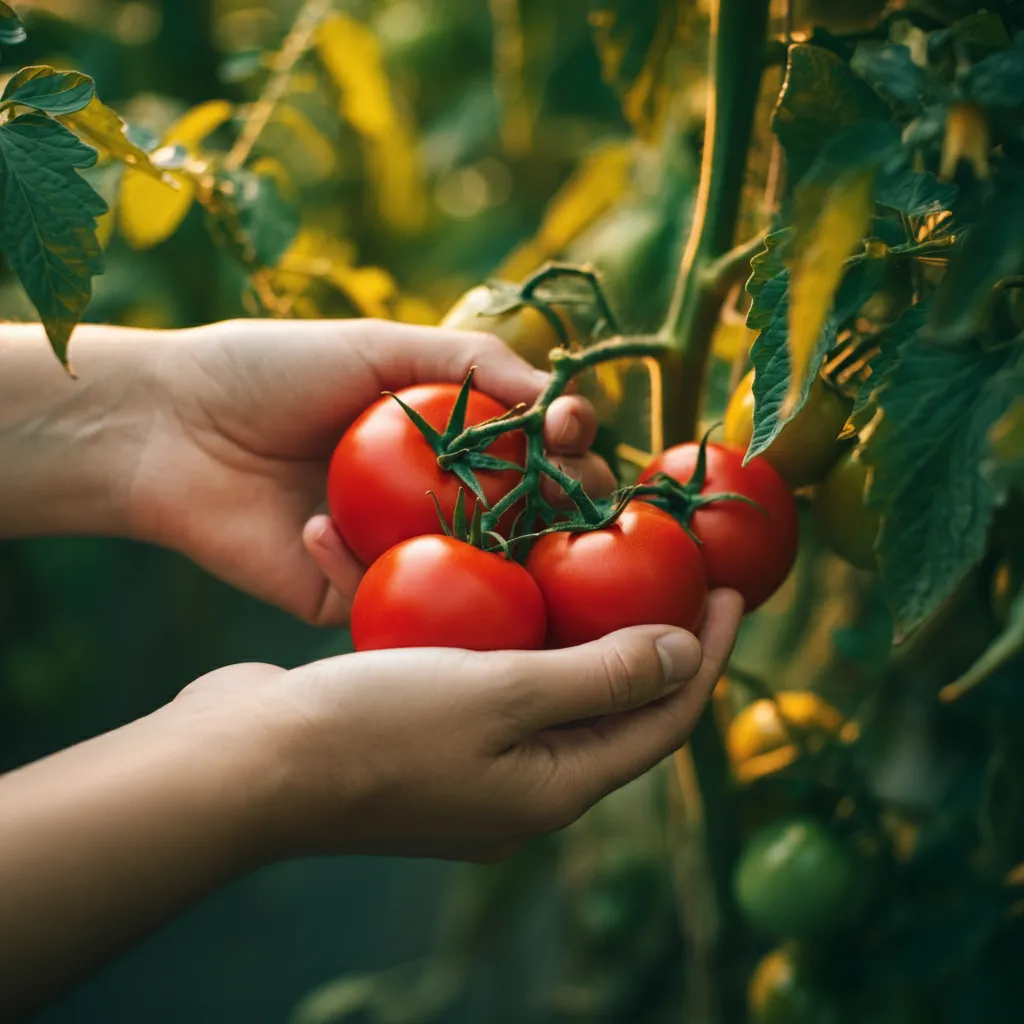
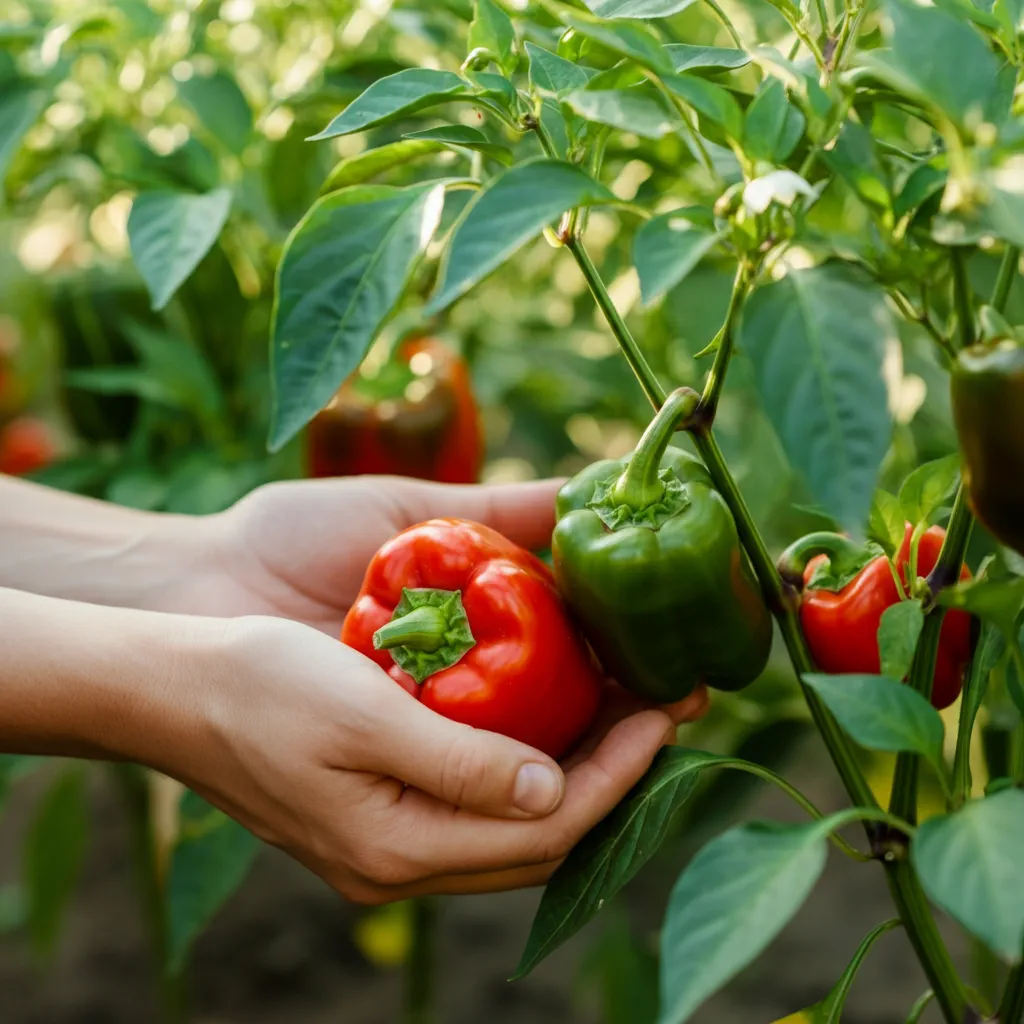
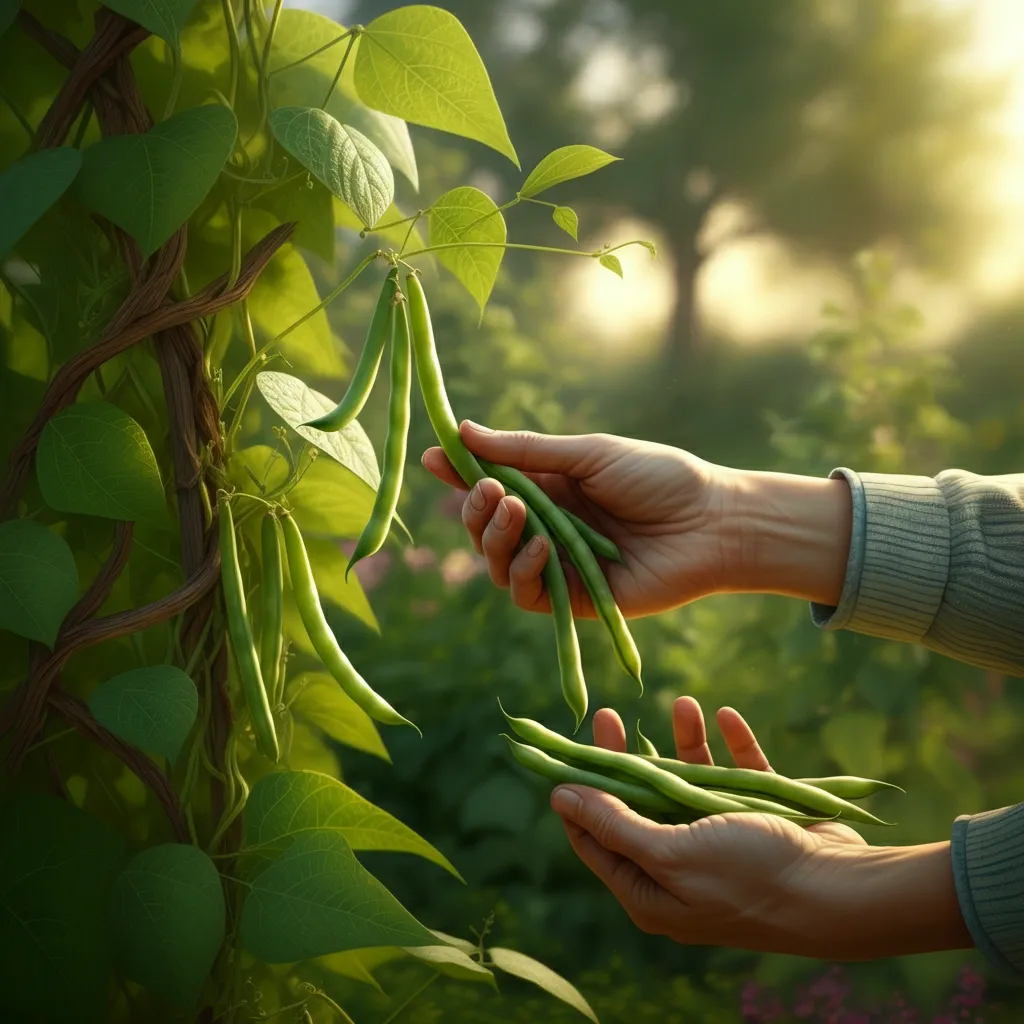
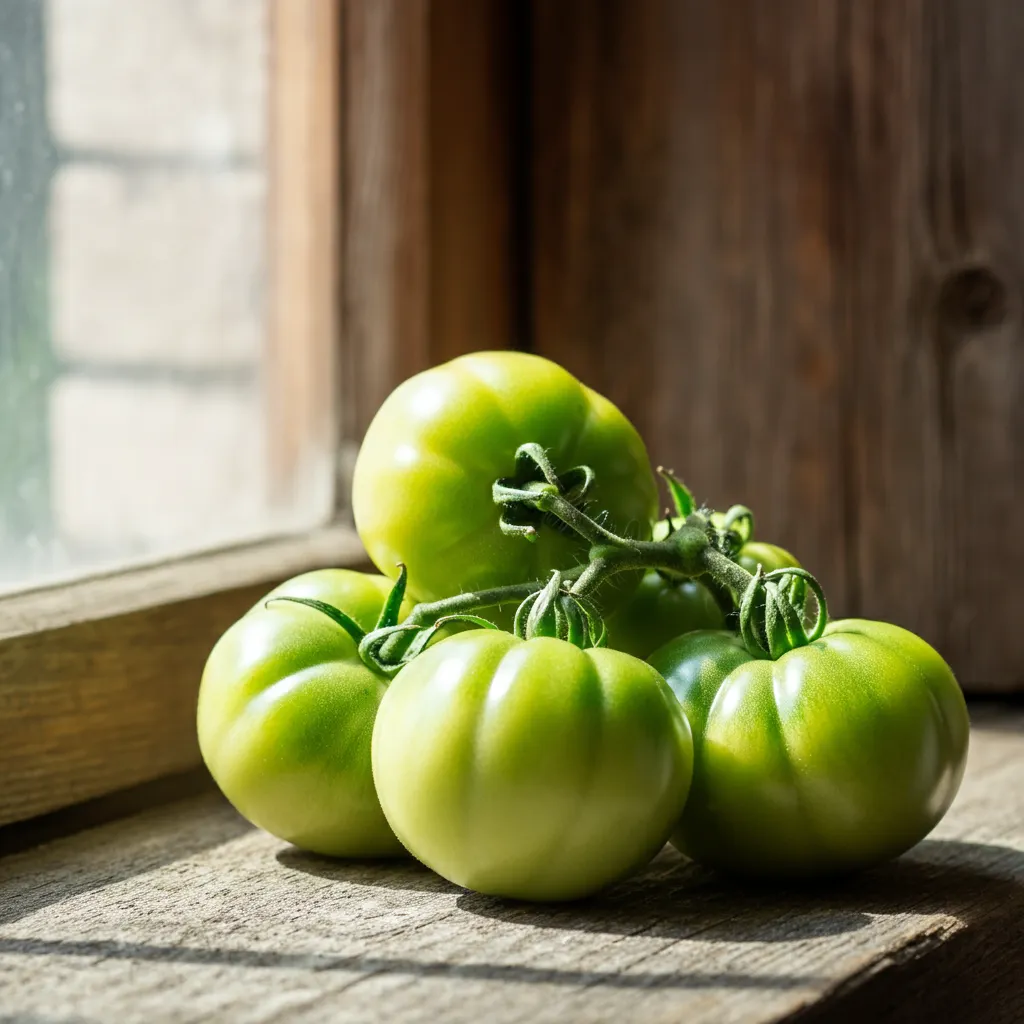











Community Feedback